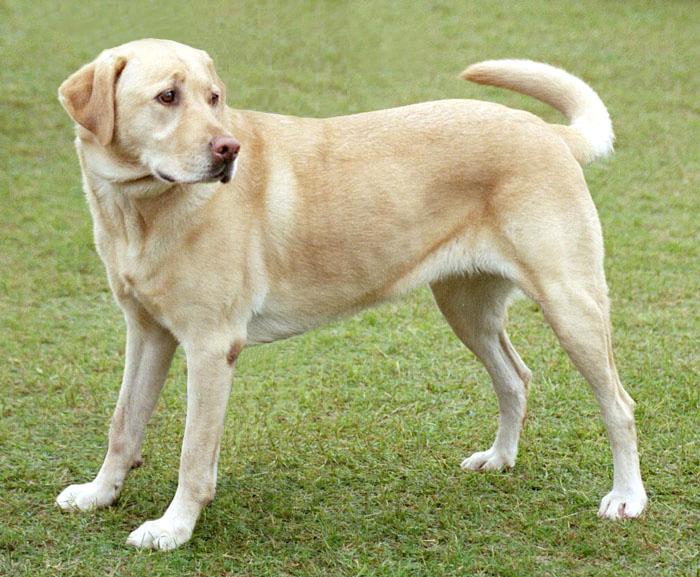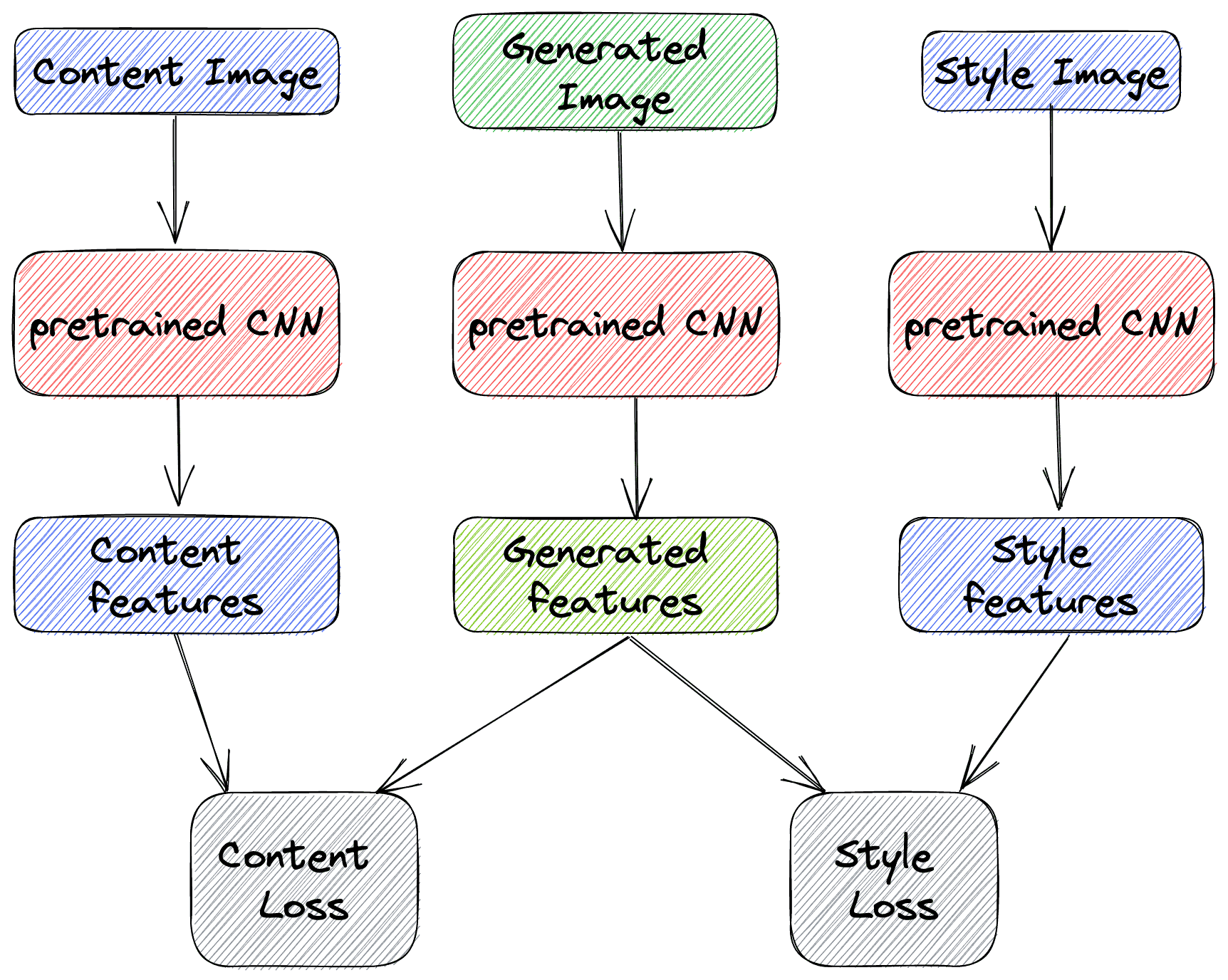1. Overview
In this tutorial, we’ll make an introduction to neural style transfer. First, we’ll briefly discuss the definition of the term, and then we’ll present the algorithm in detail. Finally, we’ll mention some applications and challenges of neural style transfer.
2. Definition
Neural Style Transfer has become increasingly popular in recent years thanks to the incredible capabilities of deep learning models. Specifically, it is an algorithm where we combine the style of one input image with the content of another input image
to generate a new image
with the style of the first and the content of the second image.
But what do content and style refer to?
The content of an image consists of the objects, the shapes, and the overall structure and geometry of the given image. For example, the content of the image below contains a dog:

On the other hand, the style of an image has to do with the textures, the colors, and the patterns. For example, the image below depicts a painting by Wassily Kandinsky (Composition 7). The style of this image is unique and is related to the artistic style of Kandinsky:

Using neural style transfer, we can combine the content of the first image and the style of the second image and generate the image below:

3. Algorithm
To better understand the concept of neural style transfer, let’s dive into the details of the algorithm.
The algorithm can be divided into the following steps:
- First, we have to choose the content image
and the style image
. To recap, the goal of the algorithm is to generate an image
that preserves the content of
and the style of
.
- Then, we have to load a pre-trained convolutional neural network (CNN) like VGG-19, GoogLeNet, or ResNet50. These networks are already trained on a huge number of images from various domains and are able to capture the important characteristics of an input image. So, they can also extract both the style and the content of the input images.
- The next step is to define the loss functions that will guide the training pipeline into generating our desired image
. We have to define two loss functions:
- The content loss function measures the difference between the features of the generated image
and the features of the content image
.
- The style loss function measures the difference between the features of the generated image
and the features of the style image
.
- The content loss function measures the difference between the features of the generated image
- The generated image
is first initialized with the same pixels as the content image
. During training, it is gradually optimized to match the style of
, retaining only the content of
.
- The total loss function is defined as the weighted sum of the content and the style loss function, and the whole procedure is optimized using an Adam optimizer.
- Finally, the whole procedure is repeated for many epochs until we end up with the desired output
.
Many times as an extra step, the generated image is further processed to increase its visual quality using various visual filters.
In the diagram below, we can see what the algorithm looks like:

4. Applications
As we can easily understand, NST is a very powerful technique that enables us with a vast number of capabilities. Here, we’ll discuss some of them.
4.1. Art
The most common application of NST is in the field of art, where AI can generate unique and impressive artwork, opening up new possibilities in the field. For example, the style of famous artists can be combined with any content you want to generate new works of art.
4.2. Gaming and Films
NST can be very useful in the gaming community since new visual gaming environments can be created easily without spending many hours designing them from scratch. Similarly, in the film industry, visual effects can be generated through NST, creating an immersive experience for the audience.
4.3. Fashion
Finally, another field where NST is beneficial is fashion. Specifically, the style of one image and the pattern of a textile can be combined to create unique, visually appealing textile designs. These capabilities have revolutionalized the fashion domain since now fashion designers can experiment with many different styles and create entirely new designs.
5. Challenges
Despite the success of NST in generating realistic images, there are also many challenges that we should always take into account. Let’s focus on two of them.
5.1. Limited Control
Suppose we recall the algorithm that we mentioned previously. In that case, we will see that only two hyperparameters are connected to the output pixels of the generated image: the number of epochs and the weight between the content and the style loss. So, a serious problem in NST is that we have very limited control over the content and the style of the generated image. Of course, the output image will combine the style of one and the content of the other input image. However, the amount of each component cannot be easily determined.
5.2. Interpretability
As in many domains of deep learning, NST lacks interpretability since we don’t know exactly why the generated image ends up in its final form. We can only visually inspect if it retained the style and the content we wished for, but we can’t specify why and how the generated image ended up like this.
6. Conclusion
In this article, we discussed the algorithm of neural style transfer. First, we defined the term and talked about the algorithm in detail. Then, we described some applications and challenges of neural style transfer.